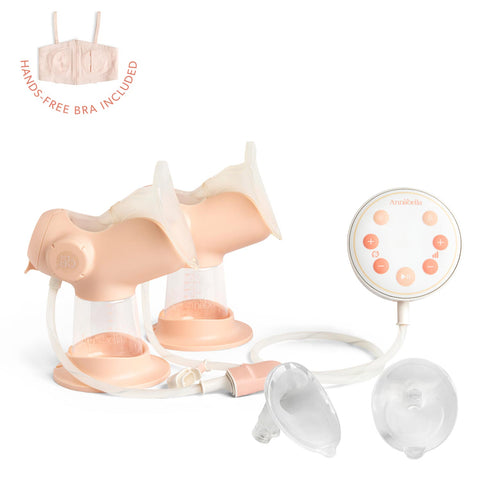Congratulations! You've brought new life into the world! Now, as the initial excitement settles, you might find yourself in what's often called the fourth trimester, a period of immense physical and emotional change that rarely gets as much attention as pregnancy and birth. It's a time of healing, adjustment, and often, a lot of unanswered questions swirling in your mind. Let's shed some light on some of the most common physical recovery questions new mothers ask, so you can have answers to all your questions in one place.
The Lowdown on Lochia: How Long Does Postpartum Bleeding Last?
One of the first things many new mothers notice (and often worry about) is postpartum bleeding, medically known as lochia. It’s a completely normal part of your body's healing process, essentially your uterus shedding its lining after birth, similar to a very heavy, prolonged period. Initially, lochia will be bright red and heavier than a regular period, often with small clots. This typically lasts for the first 3 to 10 days. Over the next few weeks, it will gradually lighten in color, becoming pinkish or brownish, then yellowish-white. The flow will also become much lighter, eventually tapering off. On average, lochia can last anywhere from two to six weeks, though some women might experience spotting for a bit longer. Medical professionals encourage new mothers to use sanitary pads, not tampons, during this time to prevent infection. If you experience extremely heavy bleeding (soaking more than one pad an hour for several hours), large clots, foul-smelling discharge, or fever, contact your healthcare provider immediately, as these could be signs of an infection or other complication.
Soothing the Soreness: Treating Vaginal and Perineal Pain
Whether you had a vaginal birth with or without tearing, or a C-section, some degree of pain and soreness in the vaginal and perineal area is almost guaranteed. This tender region has just undergone pressure and stretching, and healing takes time. For immediate relief, applying ice packs wrapped in a cloth to your perineum for the first 24-48 hours can significantly reduce swelling and numb the area. Sitting in a shallow basin of warm water, known as a Sitz bath, can be soothing for pain, promote healing, and keep the area clean; aim for 15-20 minutes a few times a day. Many pharmacies and hospitals offer witch hazel pads or topical anesthetic sprays/foams specifically designed for postpartum relief, which provide a cooling, numbing sensation. Over-the-counter pain relievers like ibuprofen (Advil, Motrin) are generally safe to take while breastfeeding and can effectively manage pain and inflammation; always check with your doctor first. Finally, practice gentle hygiene by patting, rather than wiping, after using the restroom, and using a peri bottle (a small squeeze bottle filled with warm water) to rinse yourself can prevent irritation.
The Uterus's Process: How Long Does It Take to Shrink Back?
During pregnancy, your uterus stretched dramatically, growing from the size of a pear to accommodate your baby. After birth, it begins a process called involution, shrinking back to its pre-pregnancy size. You might feel your uterus as a firm, grapefruit-sized ball just below your belly button immediately after birth. Over the next few days and weeks, it will gradually descend back into your pelvis. You might experience afterpains: mild to moderate cramping, especially while breastfeeding, as oxytocin (released during feeding) helps contract the uterus. Generally, it takes about six weeks for your uterus to return to its pre-pregnancy weight and size. While you might still have a mommy tummy due to stretched abdominal muscles and skin, the internal organ itself is typically back to normal by the time of your six-week postpartum check-up. Don’t worry about that little residual bump, that’s nature’s breastfeeding pillow, you can use it to support your baby while you breastfeed.
Rekindling Intimacy: When Can I Have Sex After Birth?
This is a question on many couples' minds, but the answer isn't a strict date on the calendar. The common recommendation is to wait until after your six-week postpartum check-up and to get the all-clear from your healthcare provider. This time allows for the lochia to stop, any tears or incisions (vaginal or C-section) to heal properly, and your cervix to close. However, beyond the physical green light, it’s equally important to consider your emotional readiness. You might be feeling exhausted, hormonal, and perhaps a bit detached from your body. Communication with your partner will help you both be on the same page. Start slowly, prioritize comfort and lubrication (especially if breastfeeding, which can cause vaginal dryness), and remember that intimacy comes in many forms beyond intercourse. There's no rush; listen to your body and your heart.
The postpartum period is a time for taking things slow. Be patient with yourself, seek support when needed, and remember that you've done an amazing job, and you deserve all the care and understanding in the world.
Discover more on breastfeeding and recovery in our Milk Our Knowledge blog.







